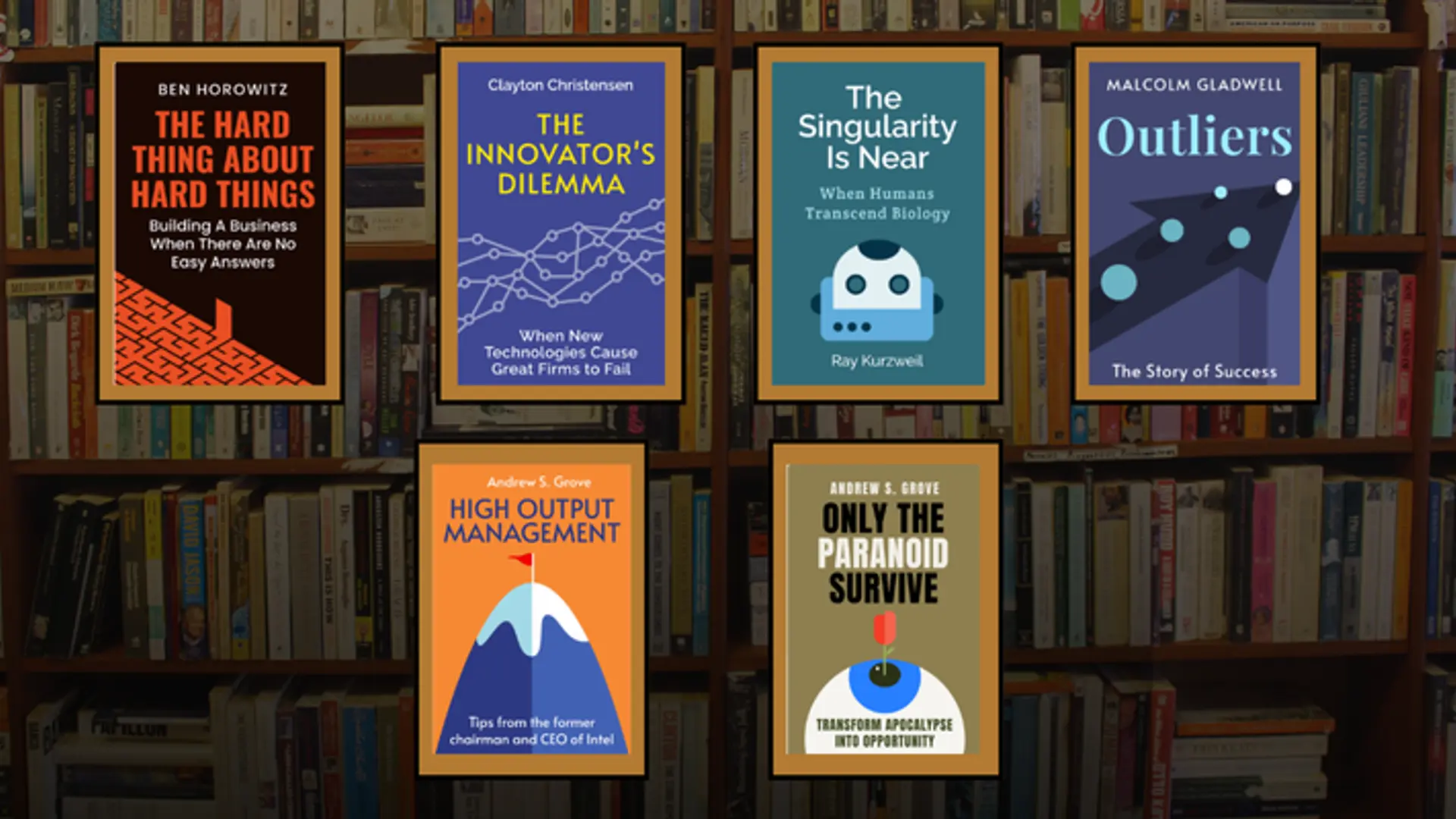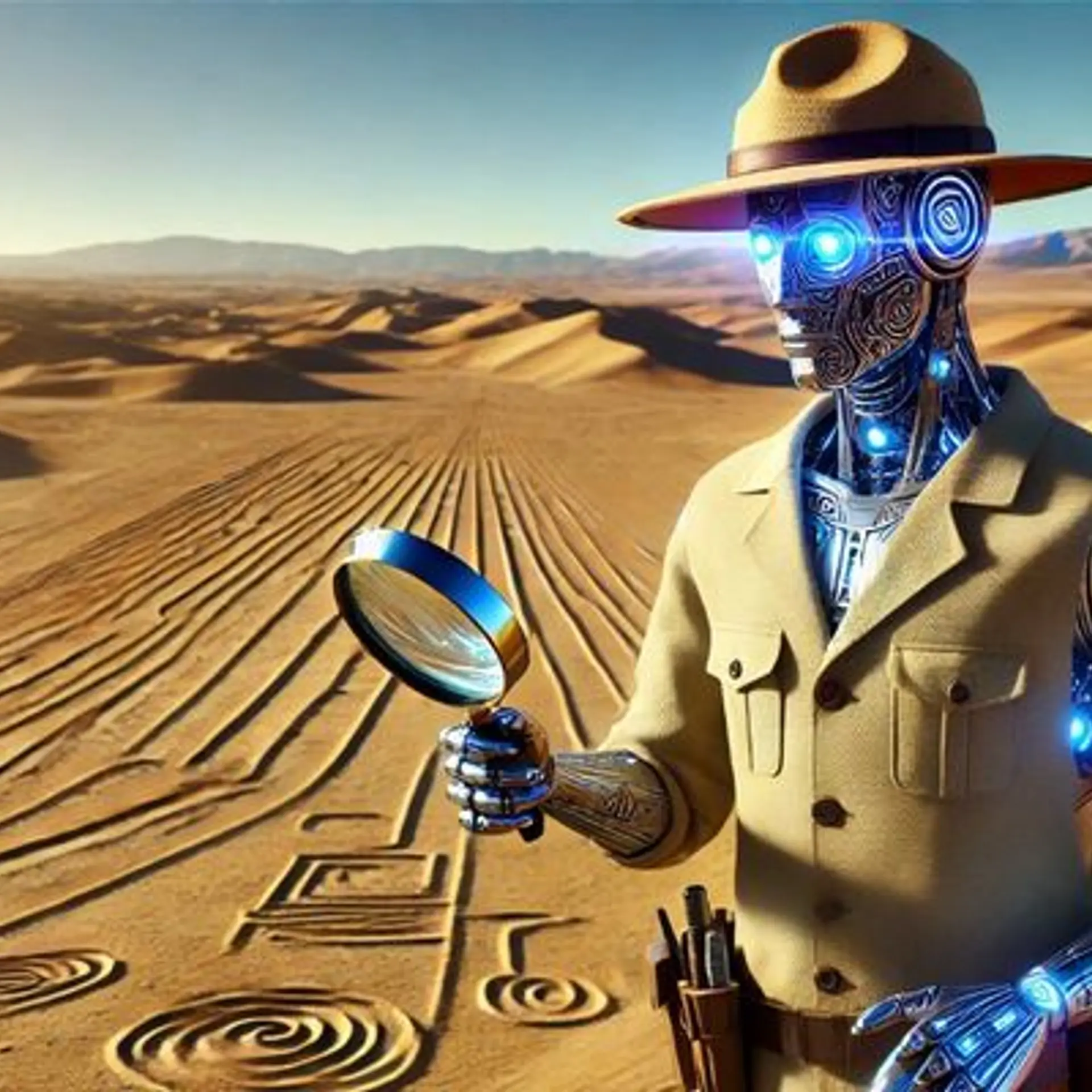The article has been reblogged from Mahindra Rise. If you have a great idea and need a platform to showcase, please submit your idea for Spark The Rise- and get your project funded.
The story of DigitalGreen...

The Challenge
A chance meeting with Microsoft Research’s Technology for Emerging Markets team in Bengaluru made software engineer Rikin Gandhi start exploring the role that technology could play in the lives of farmers. “Our main challenge is to identify organisations, that are already working with communities, that we can work with,” he says. “We primarily look for partners with three attributes: 1. locally relevant agri-cultural and related livelihood expertise, 2. scale of existing operations, and 3. trust networks and rapport amongst the community. If such a foundation is in place, we have been impressed by how quickly the community is able to pick up skills to operationalise the system by themselves.”
The Idea
Initially started as a project at Microsoft Research, Gandhi began by surveying existing projects that work on agricultural development — some technology-led, others not. They started out with one partner, the NGO GREEN Foundation, that works with farmers on a variety of biodiversity conservation and sustainable agricultural practices. Digital Green took on the task of combining technology and social organisation to improve cost-effectiveness and broaden the community participation in existing agricultural extension systems.
A few key components made Digital Green’s approach unique: for one, as intermediaries between farmers and experts, Digital Green relies extensively on local ‘social’ networks and hierarchies to disseminate their message and work. They also involve farmers in producing short learning videos for other farmers, an approach that has given them a success rate almost unparalleled in the sector so far — in the past four years, Digital Green’s approach has been scaled up to reach over 1 lakh farmers across 1,200 villages in six states (Andhra Pradesh, Bihar, Jharkhand, Karnataka, Madhya Pradesh and Odisha).
At the heart of Digital Green’s work, though, is technology: they built a data management framework that operates in locations with limited to no Internet access or power; as well as a set of analytics dashboards to slice and dice the data to see which video is most or least popular.

The Innovator
Oddly enough for someone who seems so committed to his task, land held very little interest for Rikin Gandhi, 30, growing up; it was the skies and astronomy hat captivated him. With a bachelor’s in computer science from Carnegie Mellon, master’s in aeronautics and astronautics from MIT, and a private pilot’s licence, it didn’t seem like anything could deflect him from his path. “I came to India in 2006 to check out a friend’s biodiesel venture. That didn’t work out as planned, but I connected with Microsoft Research and things just fell into place,” says Gandhi.
The Impact
In controlled trials, Digital Green was shown to increase the adoption of certain agriculture practices seven-fold over conventional systems. Digital Green’s system still requires the support of the existing ones, but it magnifies its effectiveness by using relevant content and a local presence to connect with farmers. In fact, Digital Green was shown to be 10 times more effective per rupee spent. “Farmers are incentivised to take up new practices so that they can be seen on video as a role model in their community,” says Gandhi.

The Way Forward
Digital Green has now collaborated with the National Rural Livelihood Mission; over the next 3-4 years, they plan to scale up to at least 10,000 villages to reach a million farmers. It has also began work to extend the model with partners in Ethiopia and Ghana and are also exploring how the Digital Green platform could be used to exchange knowledge. “We are also developing a Facebook of farmers called Farmerbook (prototype: farmerbook.digitalgreen.org),” enthuses Gandhi.
Submit your idea for Spark The Rise.







